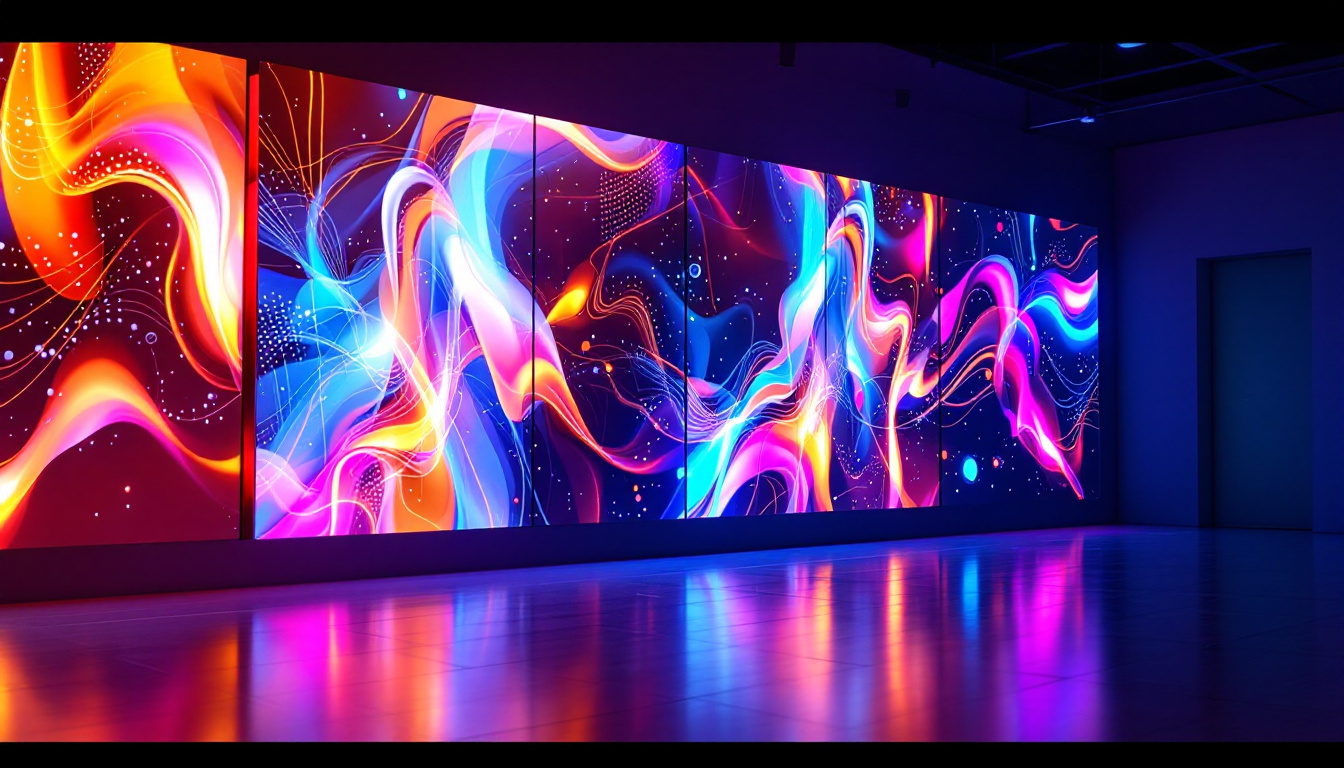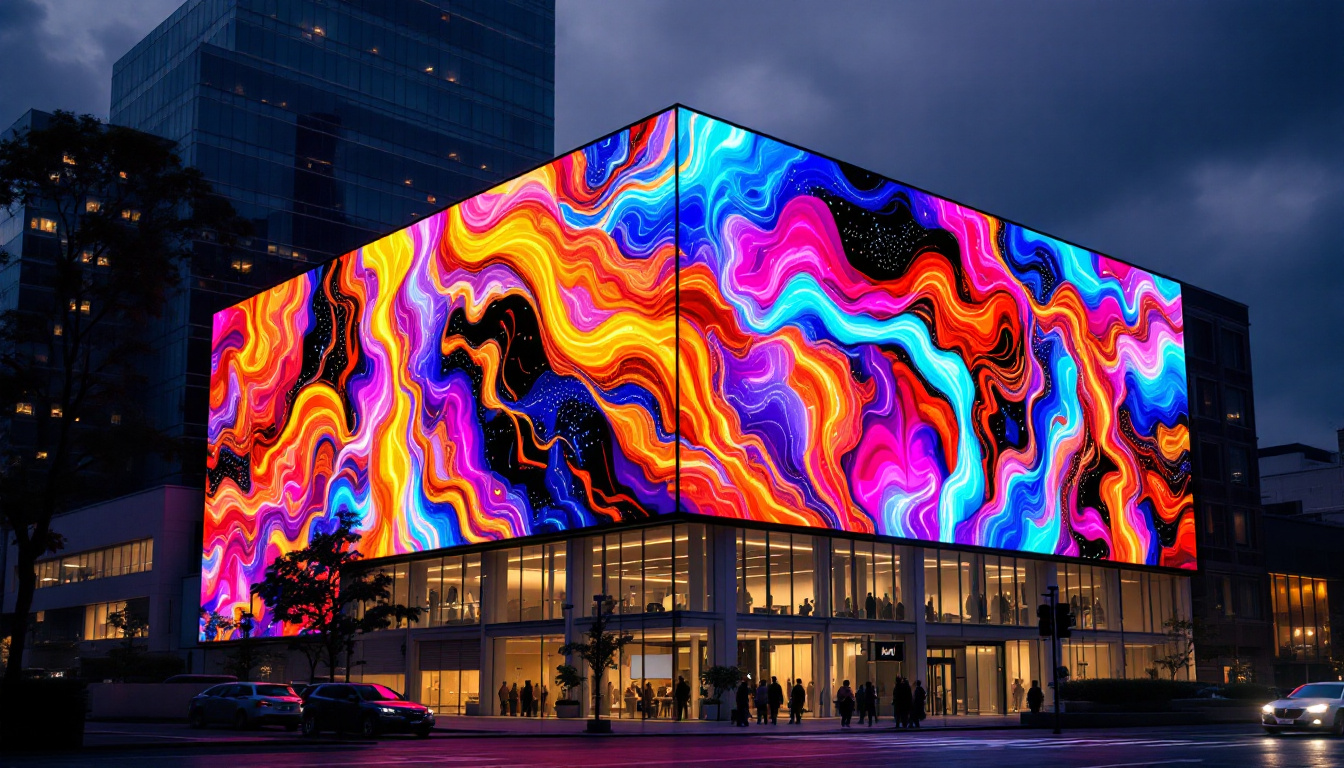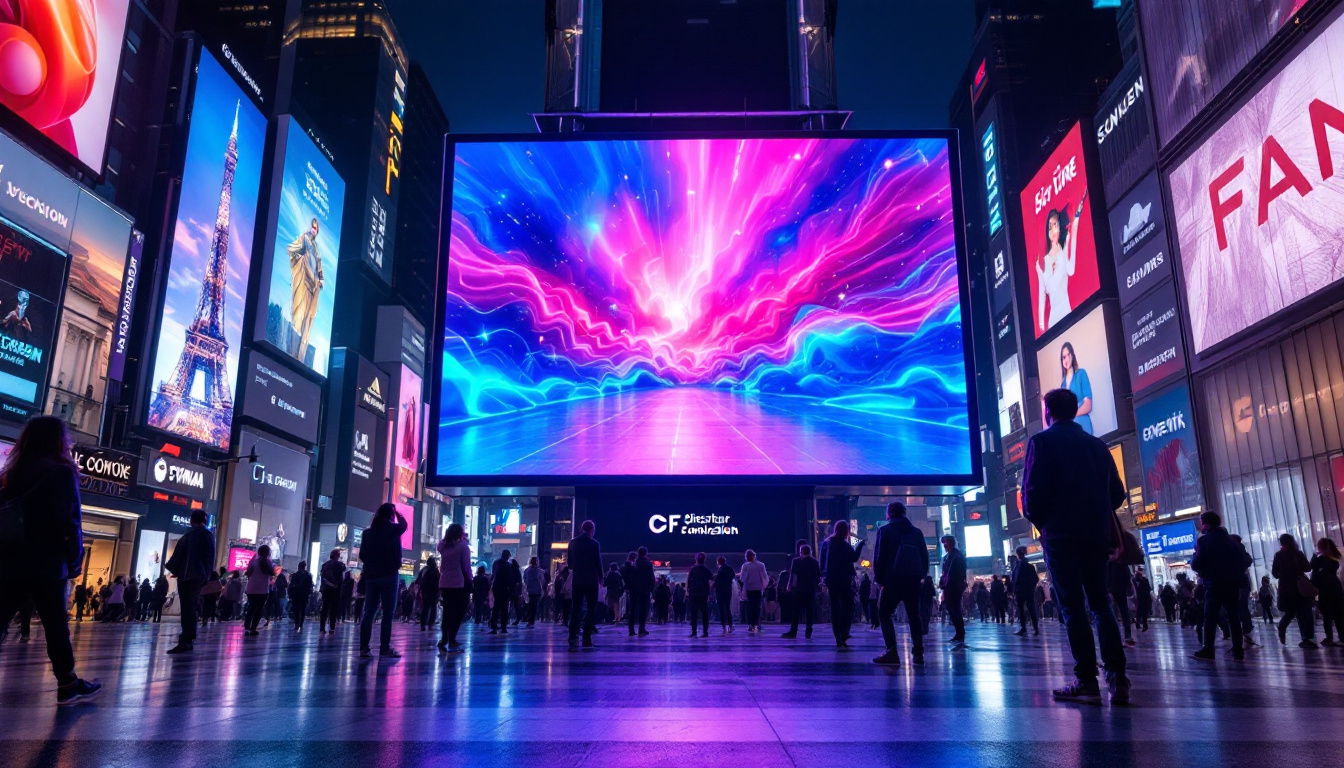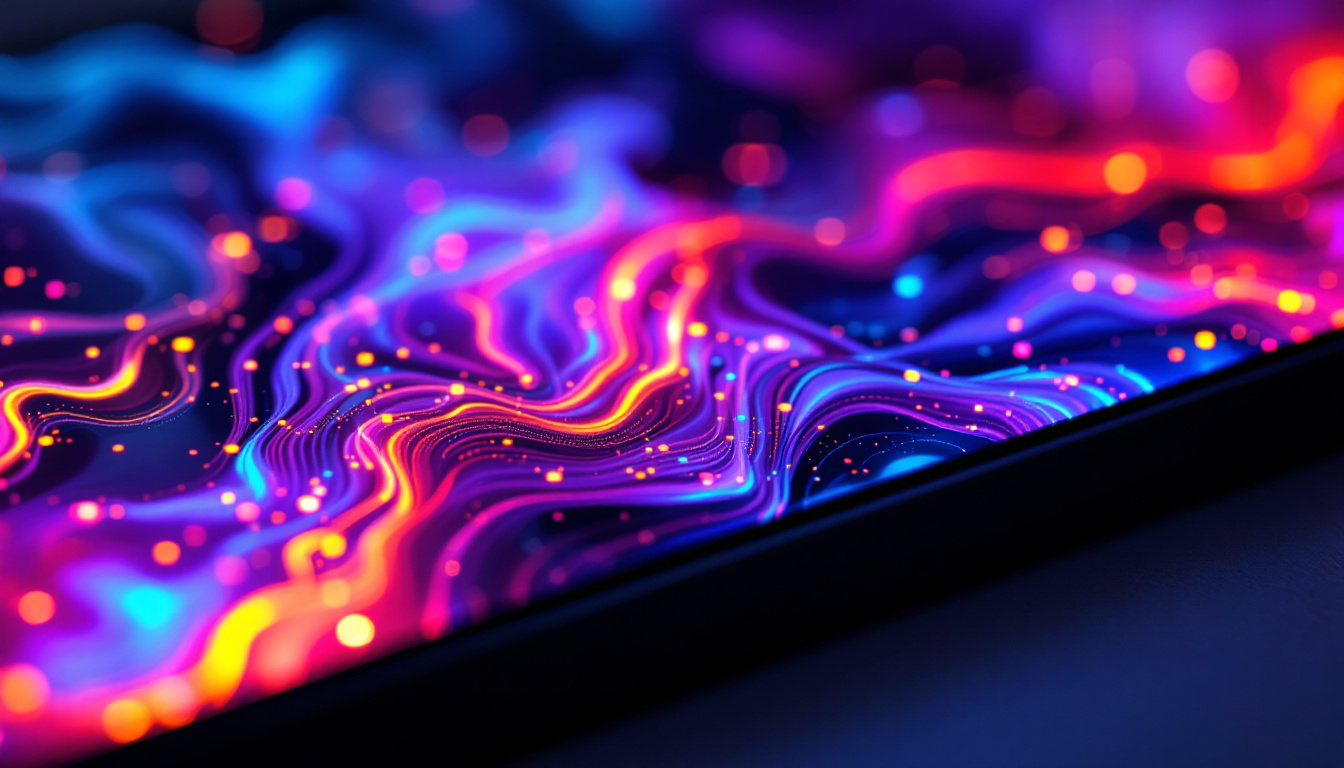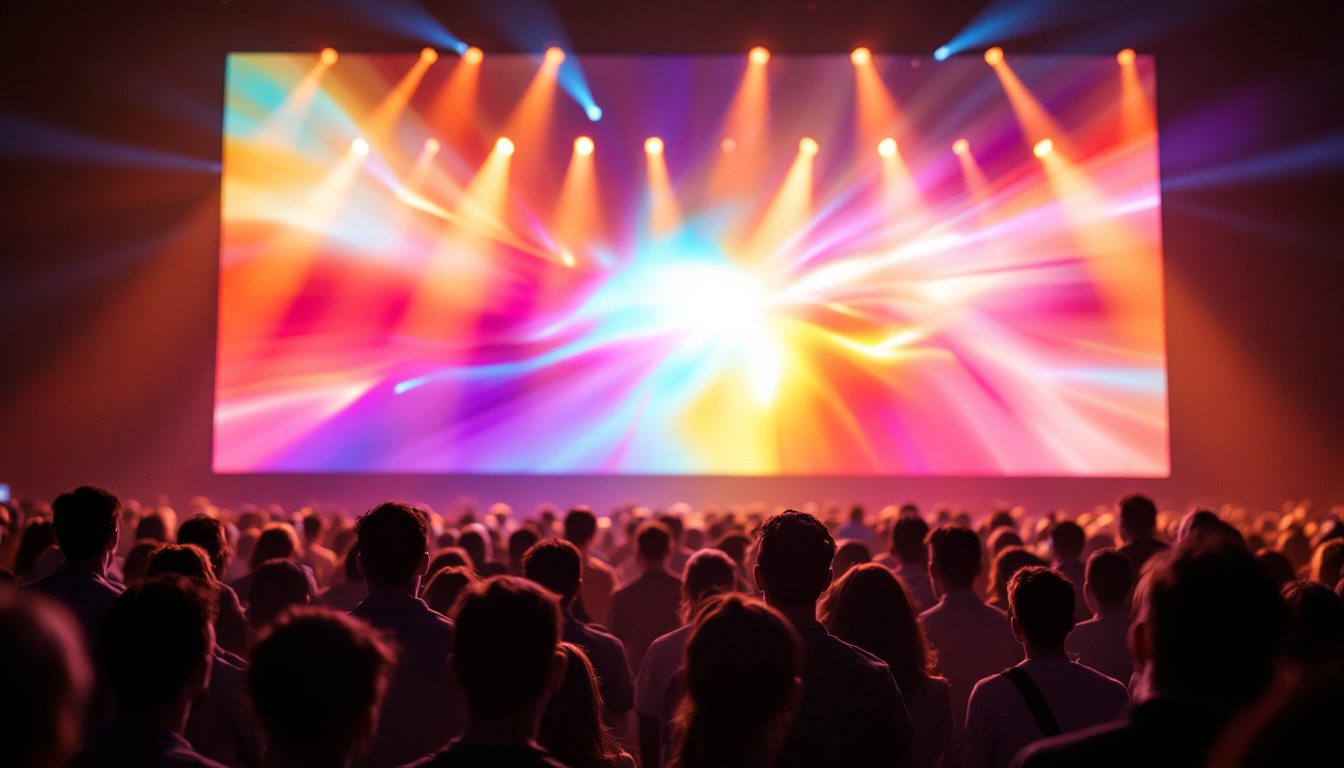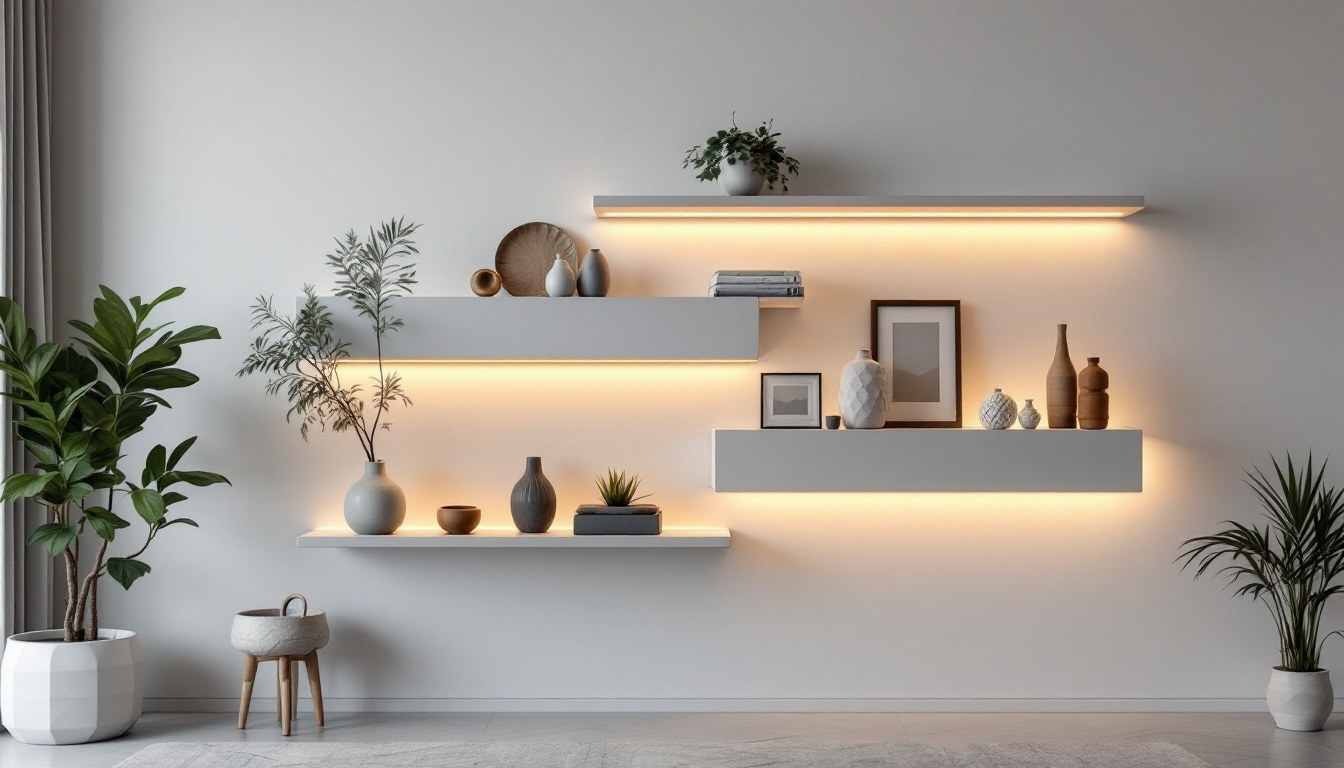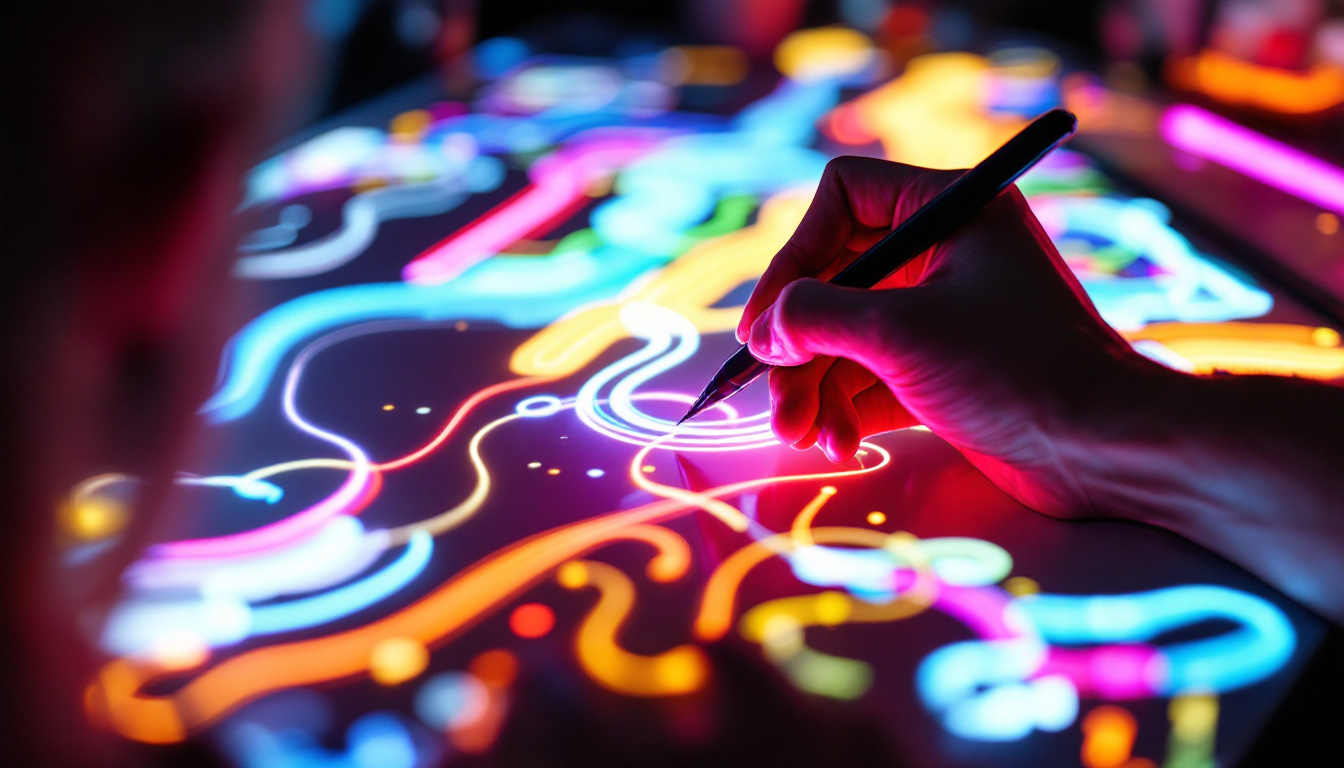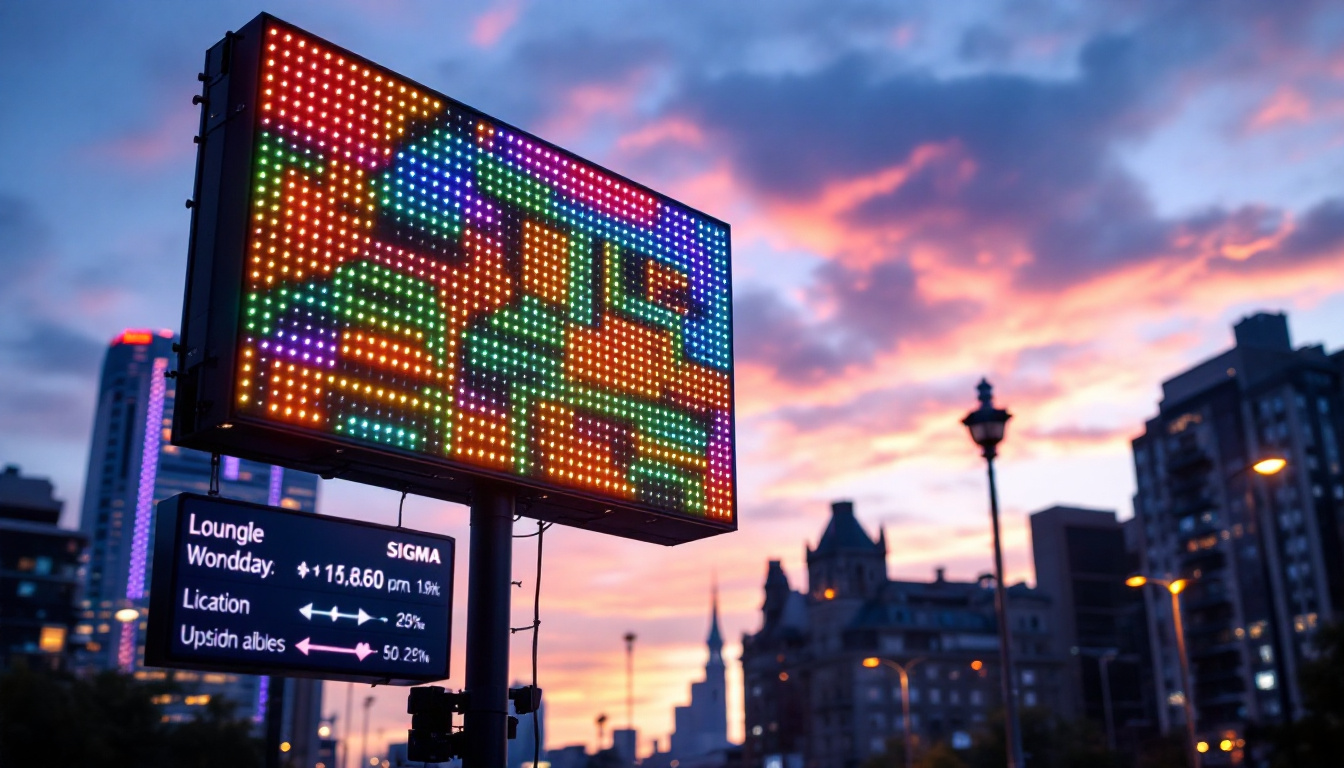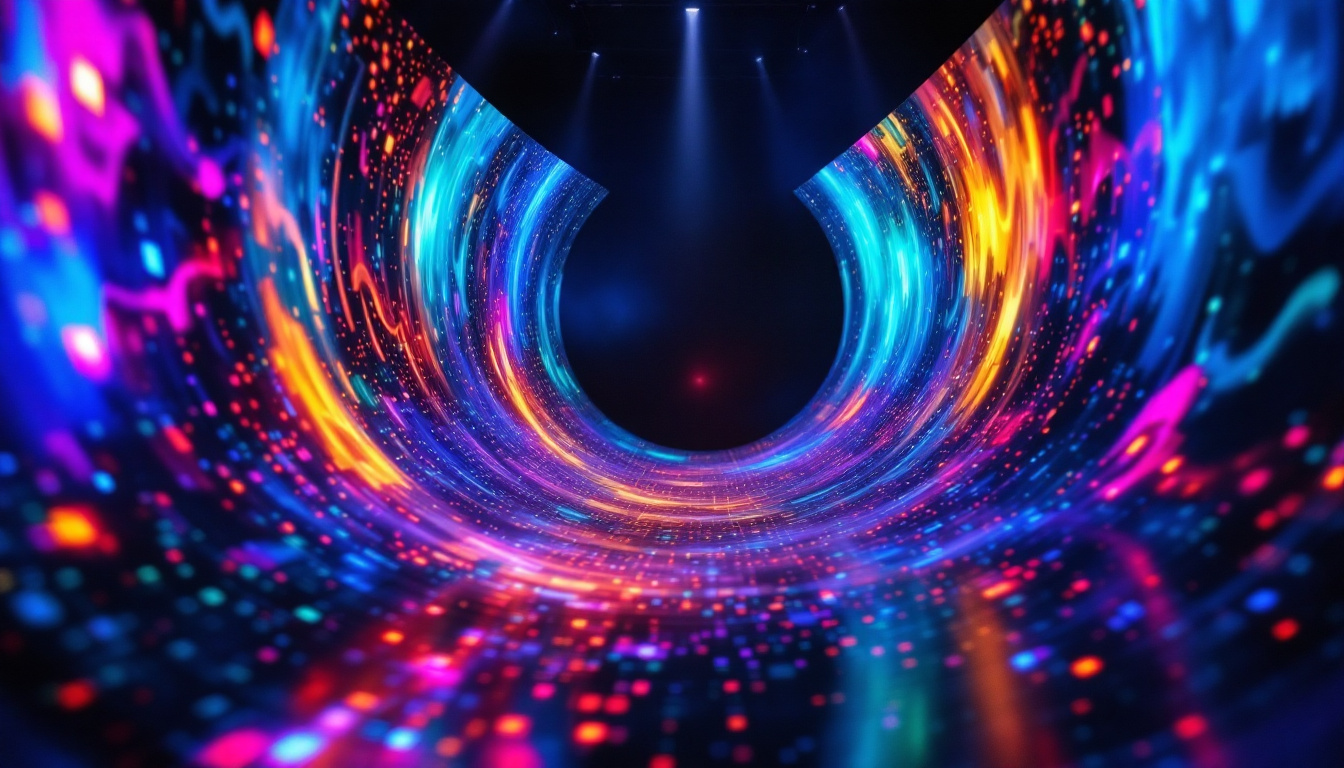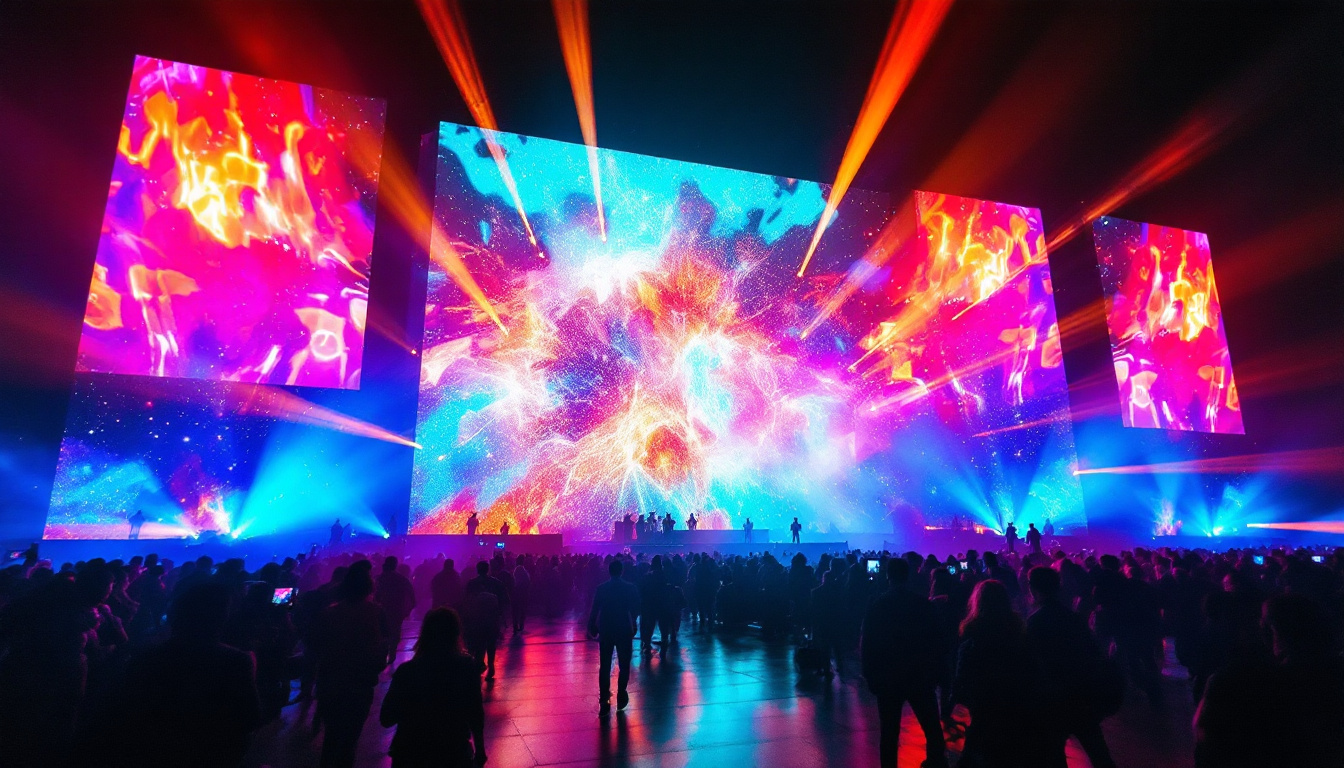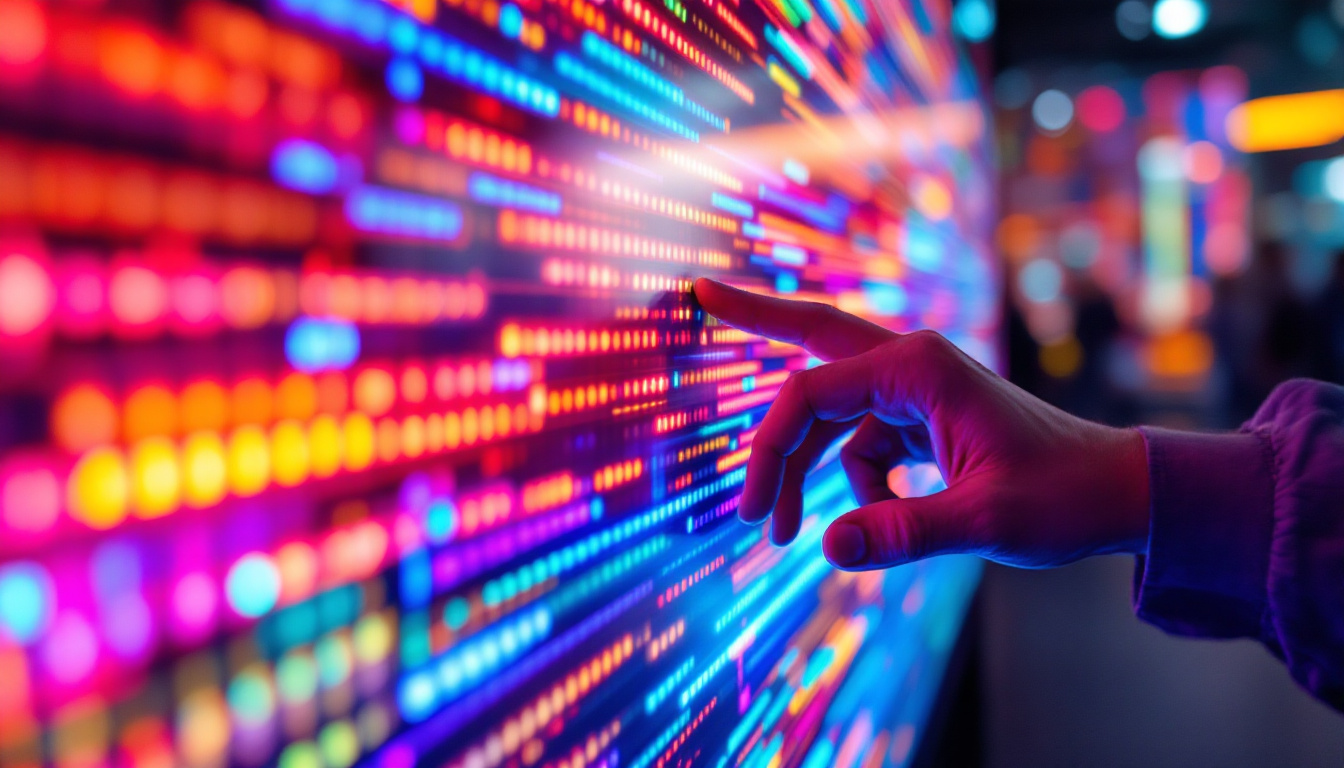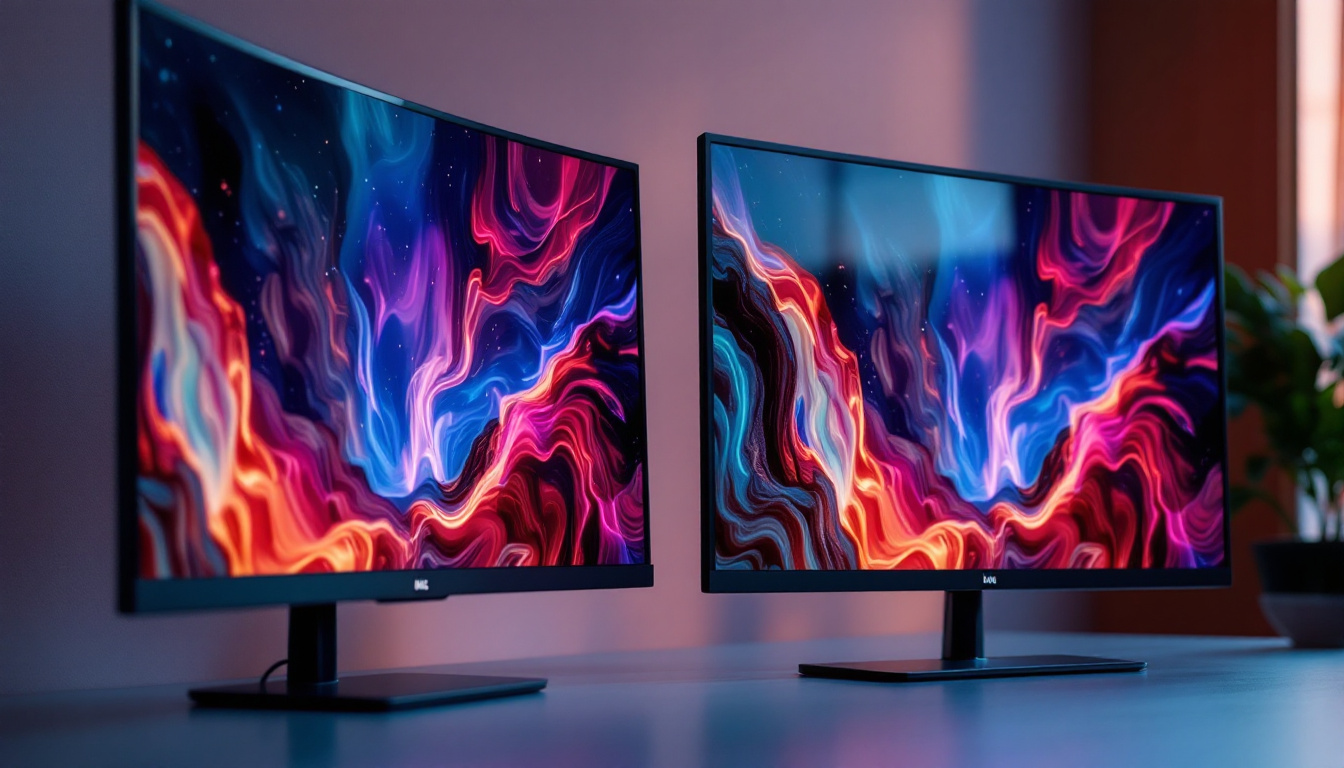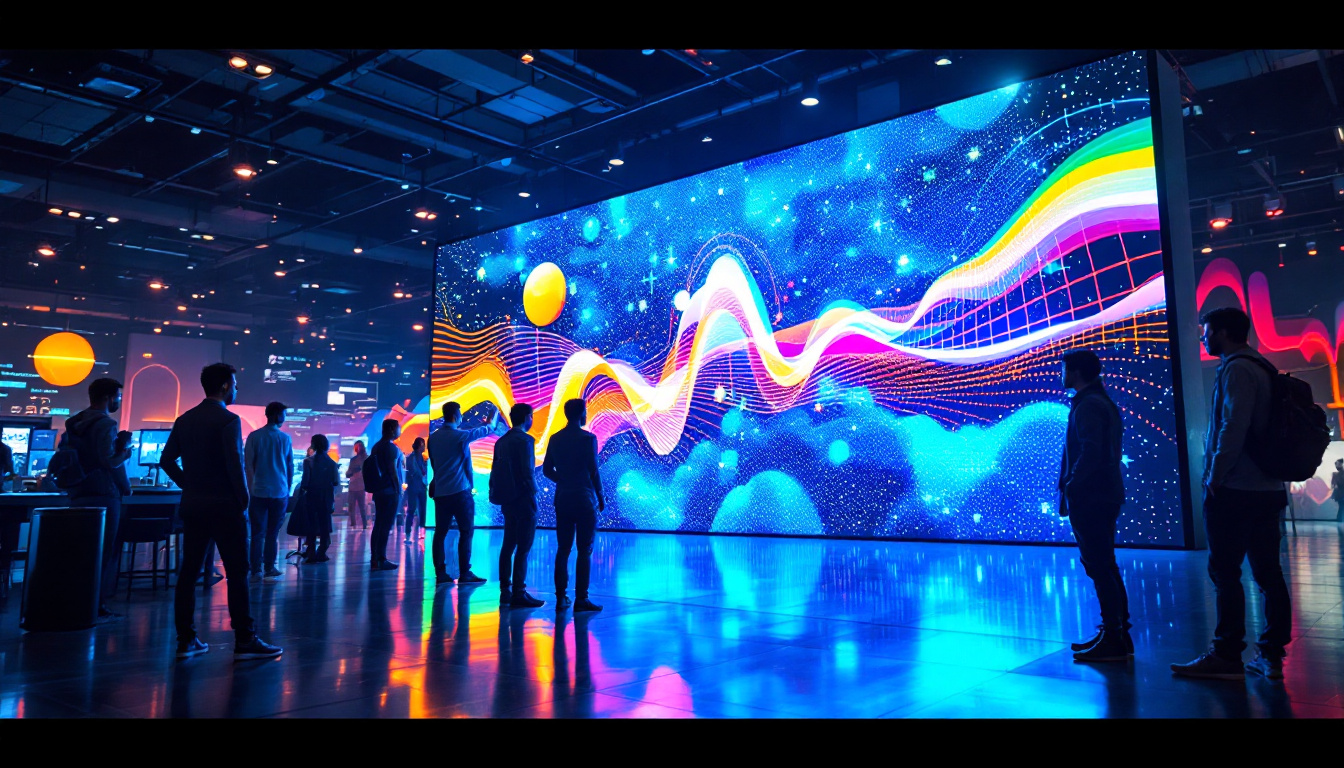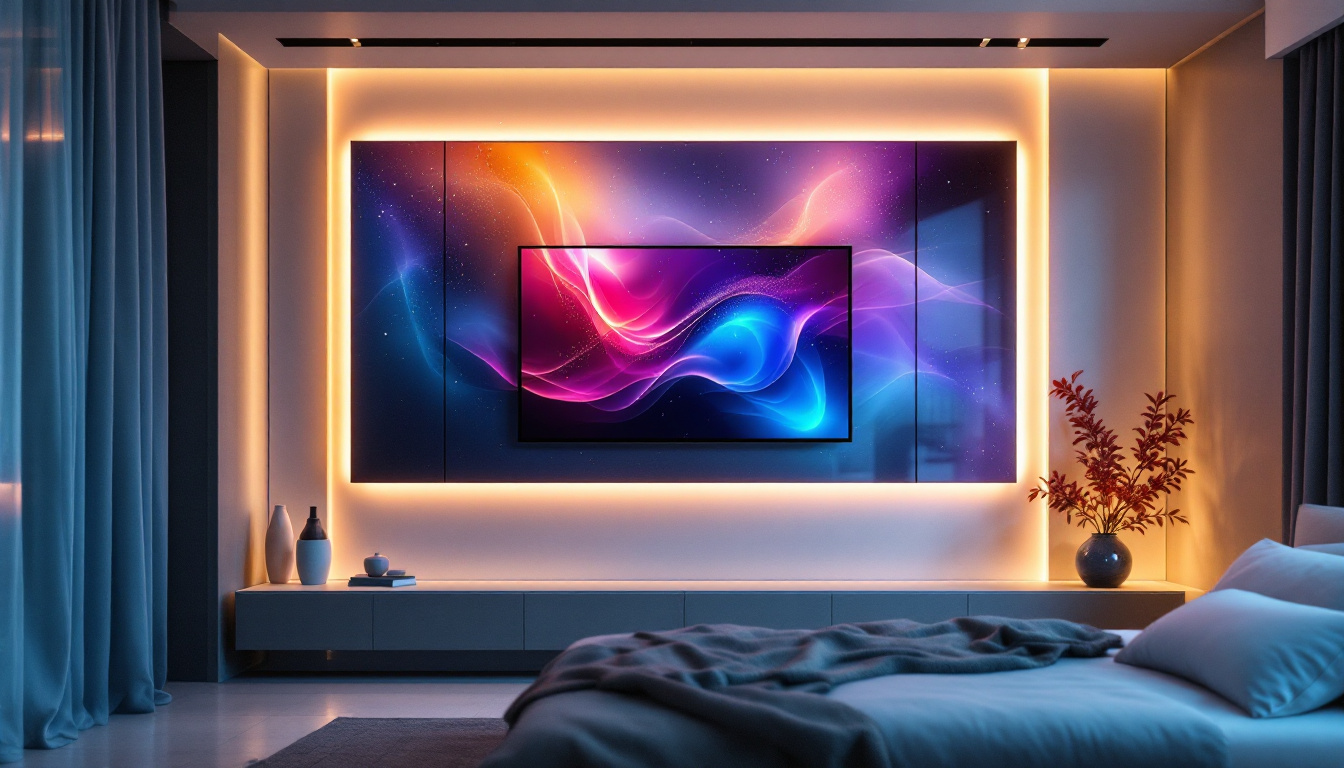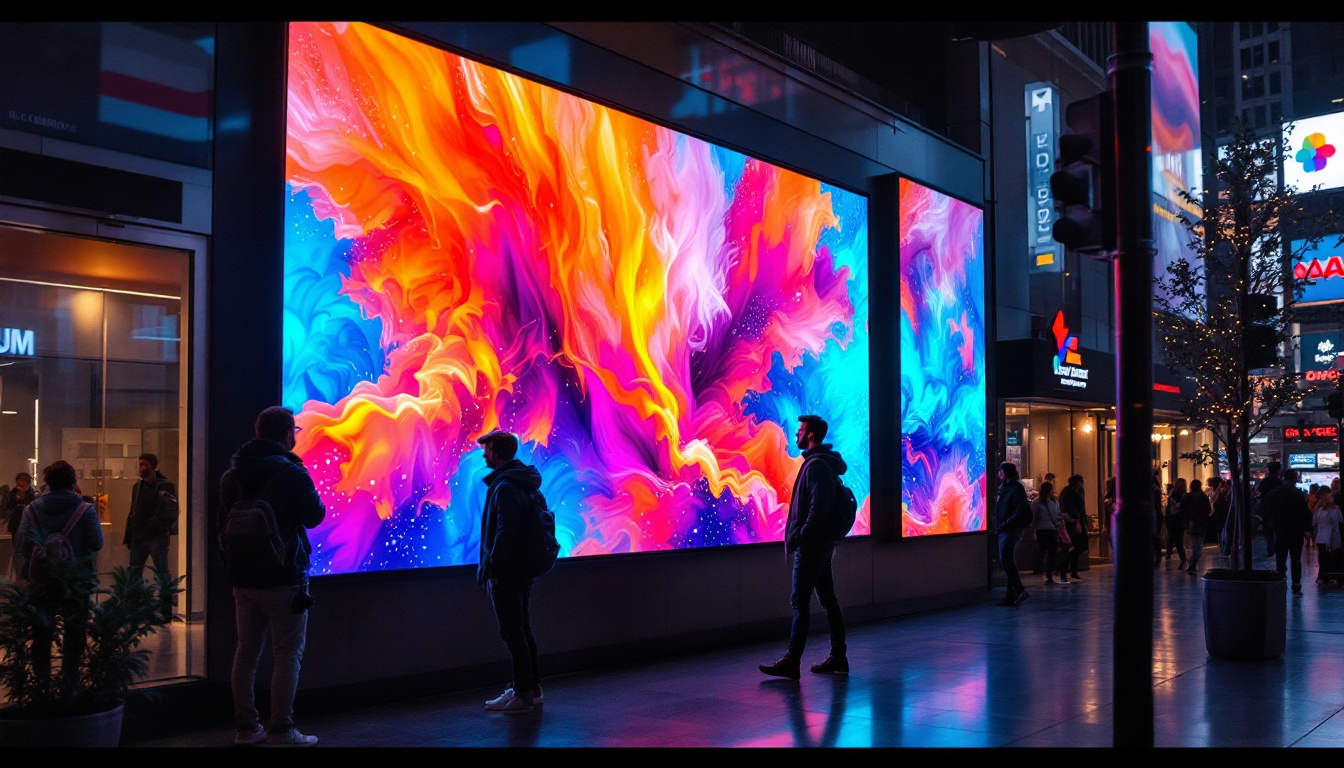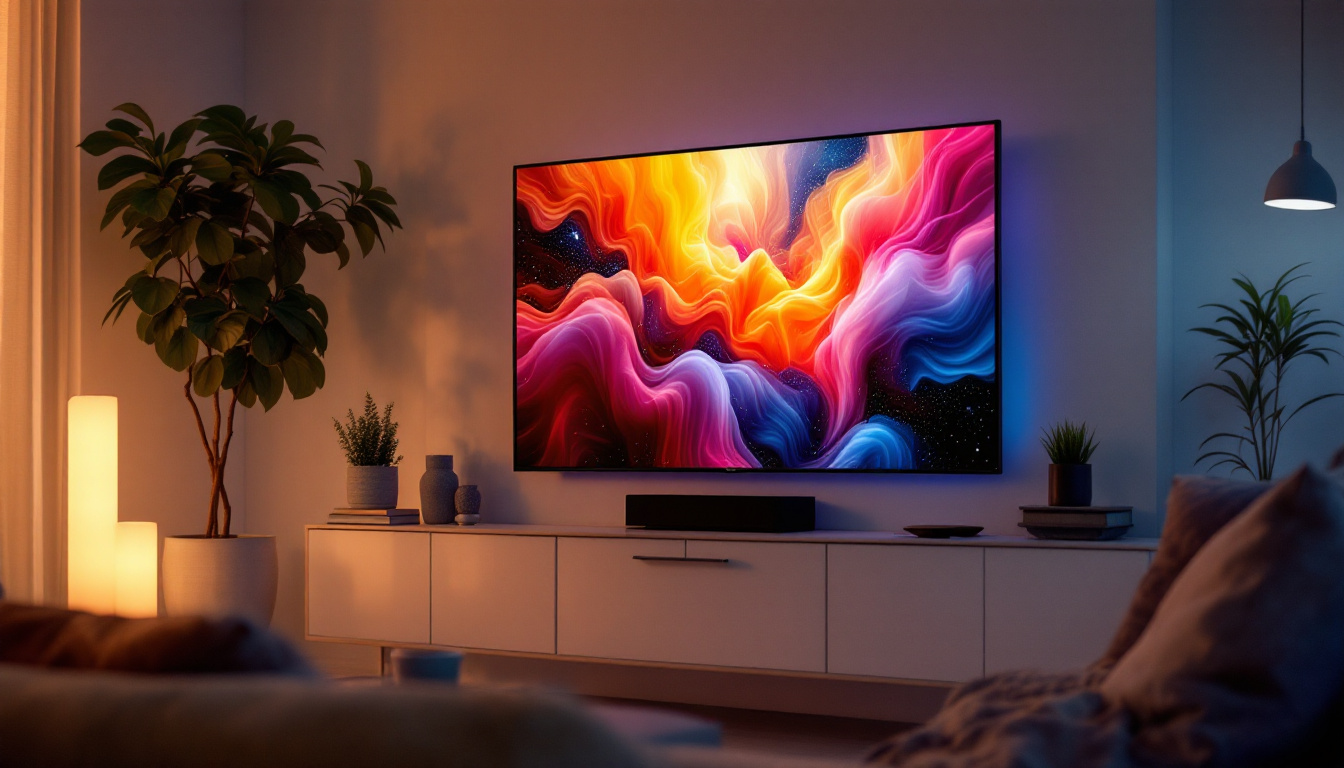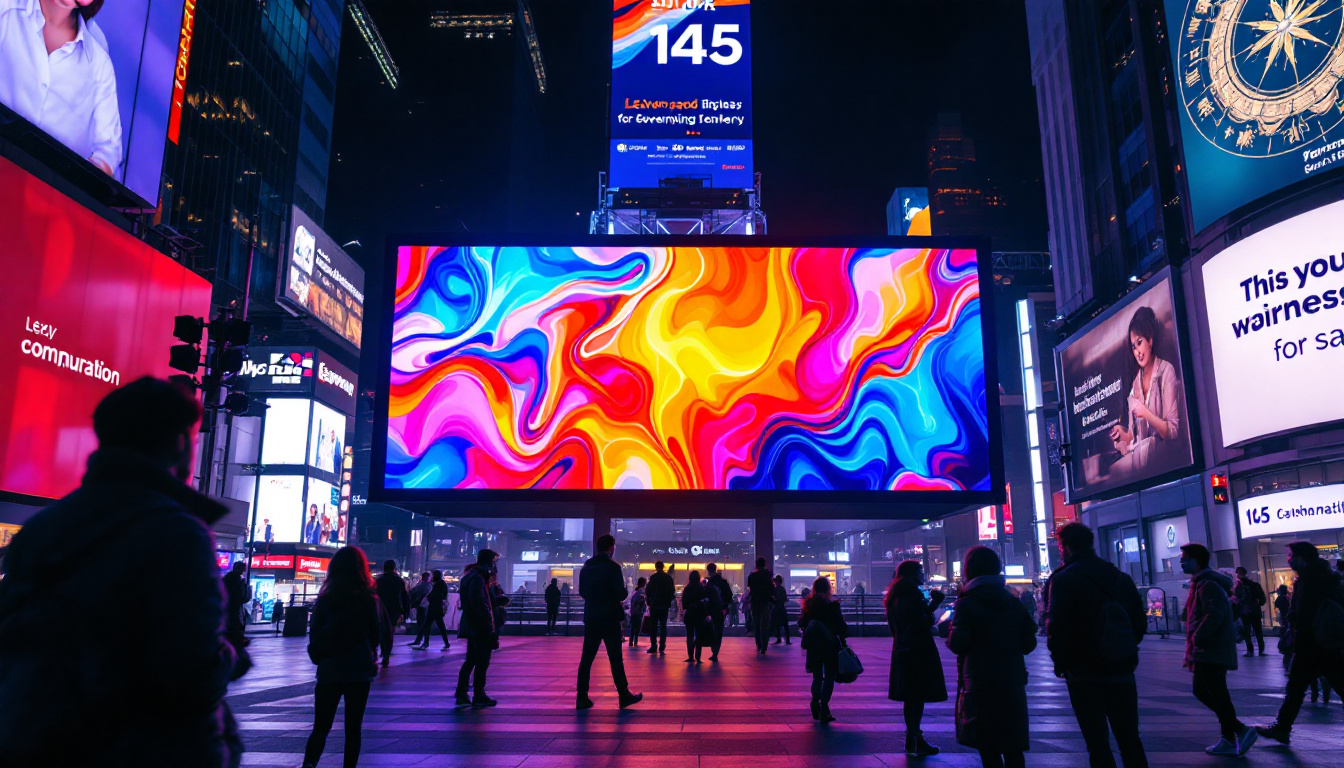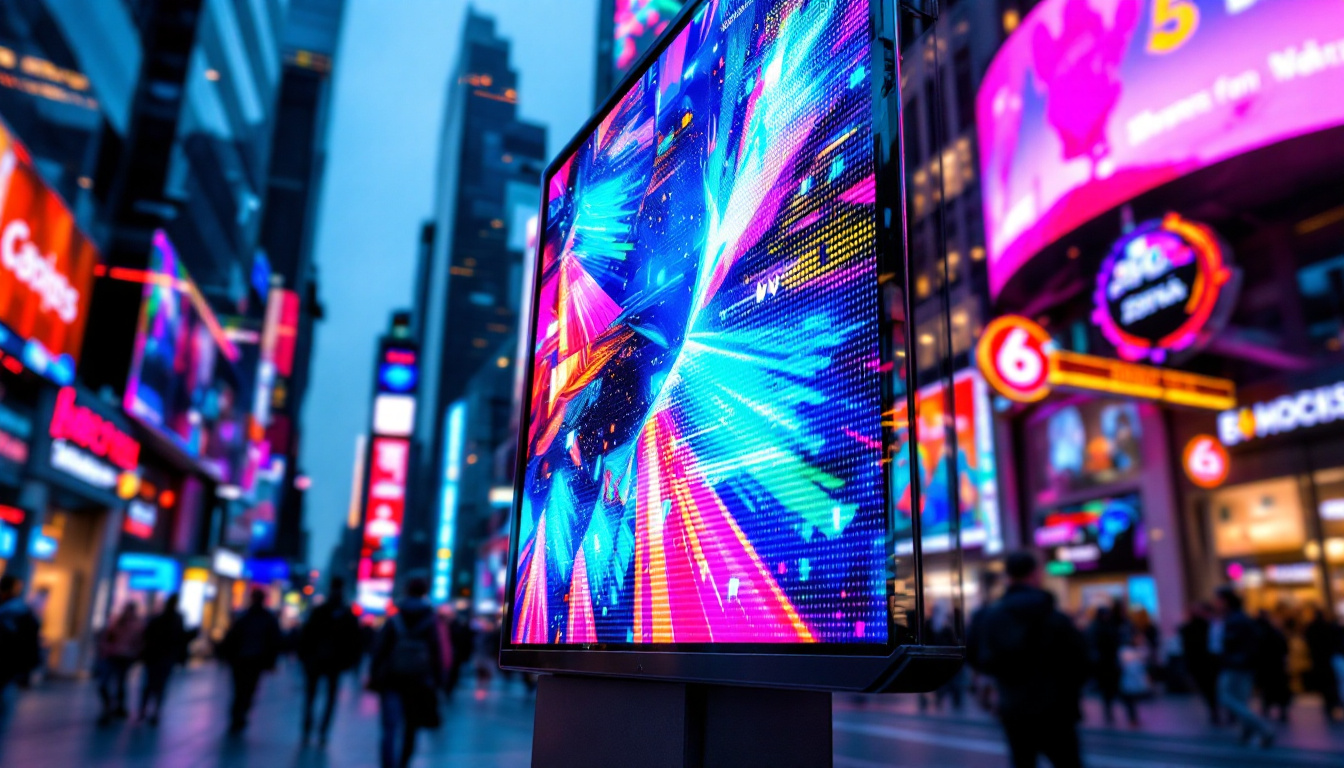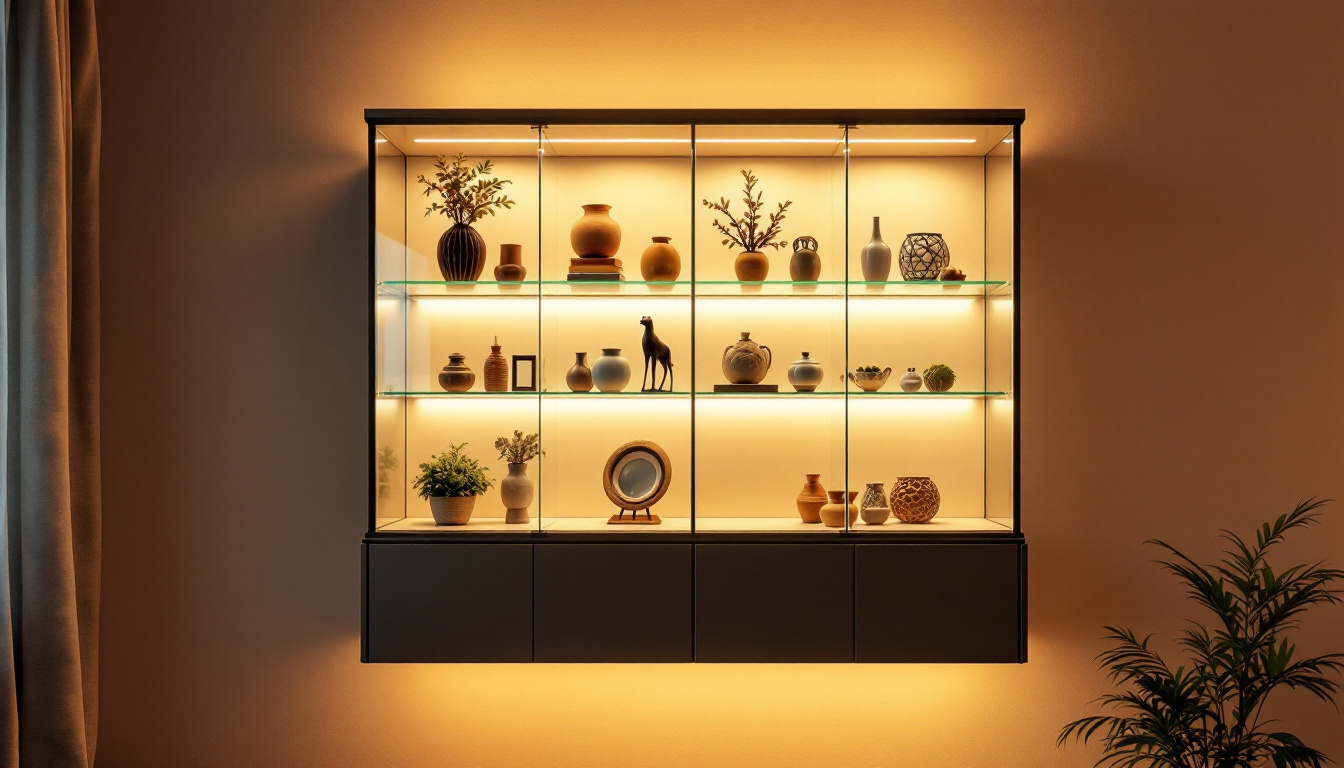In the rapidly evolving world of technology, few innovations have captured the imagination quite like transparent LED displays. These cutting-edge devices offer a glimpse into the future of visual communication, seamlessly blending digital content with the physical world. This article delves into the intricacies of transparent LED technology, exploring its functionality, applications, and the potential it holds for various industries.
Understanding Transparent LED Technology
Transparent LED displays are designed to allow light to pass through while simultaneously displaying images and videos. This unique characteristic sets them apart from traditional LED screens, which are opaque and block the view behind them. The technology utilizes a matrix of tiny LED lights that can be turned on and off independently, enabling the display of vibrant colors and dynamic content without obstructing visibility.
The Mechanics Behind Transparent Displays
The core of transparent LED technology lies in its construction. These displays are typically made up of a thin layer of LED diodes arranged in a grid pattern. The diodes are mounted on a transparent substrate, which allows for maximum light transmission. When the LEDs are activated, they emit light that forms images or videos, while the transparent nature of the substrate allows viewers to see through the display.
One of the key advantages of this technology is its ability to maintain a high level of transparency, often exceeding 80%. This means that while content is displayed, the background remains visible, creating a unique visual experience. The combination of transparency and brightness makes these displays particularly effective in various settings. For instance, in retail environments, transparent LED displays can showcase promotional content while still allowing customers to see the products behind the screen, enhancing the shopping experience without compromising the aesthetic appeal of the store layout.
Types of Transparent LED Displays
There are several types of transparent LED displays available on the market, each catering to different needs and applications. The most common types include:
- Transparent OLED Displays: These displays utilize organic light-emitting diodes, which provide excellent color reproduction and contrast. They are often used in high-end applications, such as luxury retail environments.
- Transparent LCD Displays: While not as common as OLEDs, transparent LCDs offer a more affordable option. They are typically used in applications where cost is a primary concern.
- Mesh LED Displays: These displays consist of a grid of LED lights that create a mesh-like appearance. They are particularly useful for large-scale installations, such as building facades or outdoor advertising.
In addition to these types, advancements in technology have led to the development of flexible transparent displays, which can be bent or shaped to fit various surfaces. This flexibility opens up new possibilities for creative installations, such as curved storefronts or interactive exhibits in museums. Furthermore, as the demand for sustainable and energy-efficient solutions grows, manufacturers are focusing on improving the energy consumption of transparent LED displays, making them not only visually appealing but also environmentally friendly. This evolution of transparent LED technology promises to revolutionize how we interact with digital content in our everyday environments.
Applications of Transparent LED Displays
The versatility of transparent LED displays has led to their adoption across various industries. From retail to transportation, these displays are transforming how information is presented and consumed.
Retail and Advertising
In the retail sector, transparent LED displays are revolutionizing the shopping experience. Brands are using these displays to showcase products in a visually striking manner, allowing customers to see the items behind the display while still engaging with the content. This creates an immersive shopping environment that captures attention and drives sales.
Moreover, transparent displays can be integrated into storefront windows, allowing retailers to advertise promotions and new arrivals without obstructing the view of the store’s interior. This innovative approach not only enhances visibility but also attracts foot traffic, making it a valuable tool for businesses. The ability to customize content in real-time means that retailers can adapt their messaging based on customer behavior or seasonal trends, ensuring that their advertising remains relevant and impactful.
Furthermore, the interactive capabilities of transparent LED displays allow for engaging customer experiences. Shoppers can interact with the display via touch or gestures, exploring product features or accessing exclusive offers. This level of engagement not only increases customer satisfaction but also fosters brand loyalty, as consumers feel more connected to the shopping experience.
Transportation and Public Spaces
Transparent LED displays are also making their mark in transportation hubs and public spaces. Airports, train stations, and bus terminals are utilizing these displays for wayfinding and information dissemination. By providing real-time updates on schedules and directions while maintaining transparency, these displays enhance the travel experience.
Additionally, public art installations are increasingly incorporating transparent LED technology. Artists can create dynamic visual experiences that interact with their surroundings, adding a modern touch to urban landscapes. These installations not only beautify public spaces but also serve as platforms for community engagement, allowing local artists to showcase their work in a high-visibility environment.
Moreover, transparent displays can be used to convey important safety information in public areas, such as emergency alerts or navigation assistance. By seamlessly integrating these displays into the architecture of transportation hubs, cities can improve the flow of information while maintaining an aesthetically pleasing environment.
Architecture and Interior Design
Architects and interior designers are embracing transparent LED displays as a means to blend technology with aesthetics. These displays can be integrated into building facades, allowing for captivating light shows or informative displays without compromising the architectural integrity of the structure.
Inside buildings, transparent displays can serve as partitions or decorative elements, providing information or visual content while maintaining an open and airy feel. This innovative use of technology is reshaping modern architecture and design. For instance, in office spaces, transparent displays can be used to create collaborative environments where information is shared dynamically, fostering creativity and teamwork.
Furthermore, the adaptability of transparent LED technology allows for unique branding opportunities within corporate spaces. Companies can project their values, mission statements, or even live social media feeds directly onto transparent surfaces, creating a vibrant and engaging atmosphere that reflects their identity. This not only enhances the visual appeal of the space but also reinforces the company’s brand message to employees and visitors alike.
The Advantages of Transparent LED Displays
Transparent LED displays offer several advantages over traditional display technologies, making them an appealing choice for various applications. Understanding these benefits can help businesses and organizations make informed decisions about incorporating this technology into their operations.
High Transparency and Visibility
One of the most significant advantages of transparent LED displays is their high level of transparency. This feature allows for unobstructed views, making them ideal for applications where visibility is crucial. Whether used in retail environments or public spaces, these displays enhance the overall experience by allowing users to see both the content and the environment behind the display.
Energy Efficiency
Transparent LED displays are generally more energy-efficient than traditional displays. Their design allows for lower power consumption, which can lead to significant cost savings over time. This energy efficiency not only benefits businesses financially but also contributes to a more sustainable approach to technology.
Versatility and Customization
The versatility of transparent LED displays is another compelling advantage. They can be customized to fit various shapes and sizes, making them suitable for a wide range of applications. Whether used in small retail spaces or large-scale installations, the adaptability of this technology ensures that it can meet the specific needs of any project.
Challenges and Considerations
Despite their numerous advantages, transparent LED displays are not without challenges. Understanding these limitations is essential for businesses considering this technology.
Cost Factors
One of the primary challenges associated with transparent LED displays is their cost. While prices have been decreasing over the years, they can still be significantly higher than traditional display technologies. This initial investment may be a barrier for some businesses, particularly small enterprises.
However, it is essential to consider the long-term benefits and potential return on investment. The unique capabilities of transparent displays can lead to increased customer engagement and sales, offsetting the initial costs over time.
Environmental Considerations
While transparent LED displays are generally more energy-efficient, their production and disposal can still have environmental implications. The use of electronic components and materials raises concerns about sustainability and waste management.
To address these issues, manufacturers are increasingly focusing on creating eco-friendly products and implementing recycling programs. Businesses should consider the environmental impact of their technology choices and seek out sustainable options whenever possible.
The Future of Transparent LED Technology
The future of transparent LED displays looks promising, with ongoing advancements in technology and design. As manufacturers continue to innovate, we can expect to see even more applications and improvements in performance.
Integration with Smart Technology
One of the most exciting prospects for transparent LED displays is their integration with smart technology. As the Internet of Things (IoT) continues to expand, the potential for these displays to interact with other devices and systems is vast. This could lead to personalized experiences for users, where content is tailored based on preferences and behaviors.
Imagine a transparent display in a retail store that recognizes a customer as they approach, displaying relevant promotions or product information based on their shopping history. Such advancements could revolutionize how businesses engage with their customers.
Enhanced Interactivity
Future developments may also focus on enhancing the interactivity of transparent LED displays. Touch-sensitive technology could allow users to interact directly with the content, creating a more engaging experience. This level of interactivity could be particularly beneficial in educational settings, museums, and exhibitions, where users can explore information at their own pace.
Conclusion
Transparent LED displays represent a significant leap forward in display technology, offering a unique blend of functionality and aesthetics. Their ability to maintain transparency while delivering vibrant content opens up a world of possibilities across various industries.
As technology continues to evolve, the applications and capabilities of transparent LED displays will likely expand, making them an increasingly valuable tool for businesses and organizations. Embracing this innovative technology could be the key to staying ahead in a competitive landscape, providing engaging experiences that captivate audiences and drive success.
Discover the Future of Visual Engagement with LumenMatrix
Ready to elevate your visual communication and captivate your audience with unparalleled clarity? LumenMatrix is at the forefront of LED display innovation, offering a diverse range of solutions tailored to your unique needs. From Indoor and Outdoor LED Walls to specialized displays for Vehicles, Sports, and even customizable options, our mission is to transform your brand’s visibility. Don’t miss the opportunity to revolutionize your space with our Transparent LED Displays and other cutting-edge products. Check out LumenMatrix LED Display Solutions today and step into the future of engaging, dynamic visual experiences.

